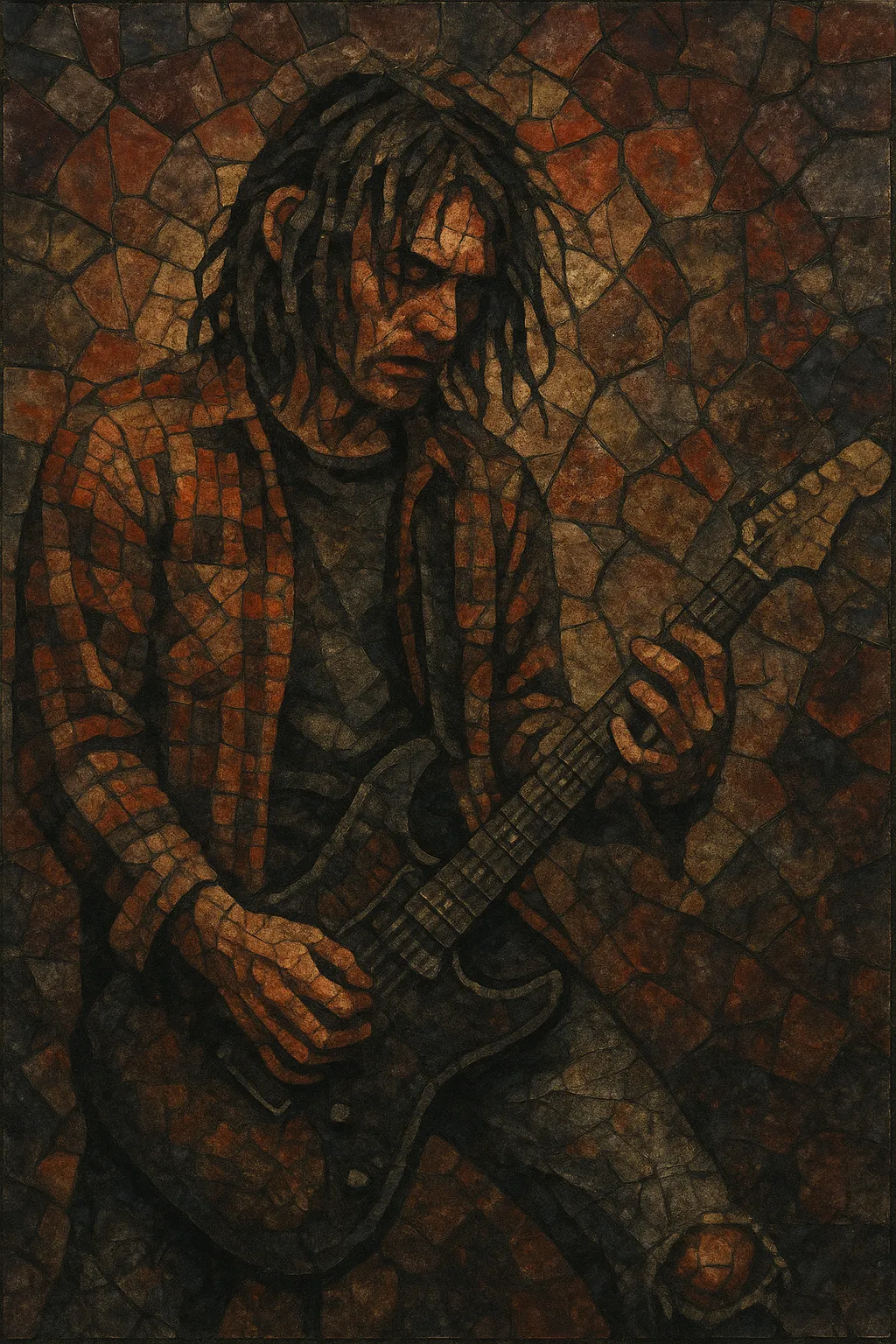Grunge is a guitar-driven subgenre of alternative rock that emerged in the mid-to-late 1980s in Seattle, United States. It fuses the raw aggression and DIY ethos of punk with the weight and riff-centric power of hard rock and heavy metal.
Characterized by thick, heavily distorted guitars, dynamic quiet–loud song structures, and a visceral, unpolished production aesthetic, grunge foregrounds themes of alienation, apathy, social disaffection, and personal struggle. Vocals often shift between subdued, introspective verses and cathartic, shouted or soaring choruses, while lyrics tend toward confessional and existential tones.
Beyond sound, grunge represented a cultural stance: anti-gloss, anti-virtuosity, and anti-commercial posturing—even as it became a global commercial force in the early 1990s.
Grunge crystallized in the Pacific Northwest—especially Seattle—as local bands combined punk’s immediacy with the sludgy heft of hard rock and heavy metal. Independent labels (notably Sub Pop) and small venues nurtured a close-knit scene. Influential early acts like Green River, the Melvins, Soundgarden, Mudhoney, and Mother Love Bone shaped the sound with downtuned guitars, abrasive textures, and a disinterest in mainstream polish.
In 1991, Nirvana’s "Nevermind" catalyzed a global breakthrough, followed by landmark releases from Pearl Jam, Soundgarden, and Alice in Chains. The quiet–loud dynamic, fuzz-drenched riffs, and stark lyricism resonated widely, pushing alternative rock to the center of popular culture. Music videos, college radio, and extensive touring amplified grunge’s reach, while its anti-fashion aesthetic (flannel, thrifted clothes) became emblematic of a broader youth culture.
By the mid-1990s, major labels signed numerous Seattle and non-Seattle bands marketed as grunge. The scene experienced internal pressures, tragedies, and fatigue; Kurt Cobain’s death in 1994 marked a turning point. As the initial wave receded, the sound morphed into post-grunge, and other rock trends (Britpop, pop-punk, nu metal) surfaced in the mainstream.
Grunge reshaped rock by proving that heavy, emotionally candid music could be both artistically vital and commercially potent. It opened doors for alternative metal and post-grunge, influenced songwriting and production norms (notably dynamic contrasts and raw textures), and left a lasting cultural imprint on attitudes toward authenticity and anti-gloss aesthetics.


